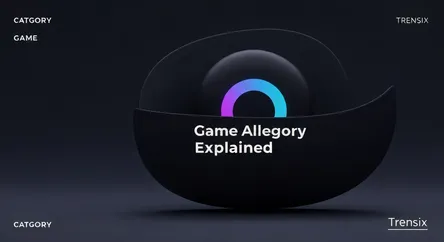Game
Game Allegory Explained

Discover how allegory adds deeper meaning to game lore. Explore how developers use symbolic narratives to comment on real-world issues and themes.
What is it?
An allegory in game lore is a narrative technique where the story's characters, settings, and events serve as symbols for abstract concepts or real-world issues. It's a story with two levels of meaning: a literal one on the surface and a symbolic one hidden underneath. For example, a conflict between two in-game factions might be an allegory for a political or ideological struggle in our own society. This allows developers to craft a compelling fantasy or sci-fi world that simultaneously comments on complex topics like morality, politics, or the human condition, adding significant depth to the game's universe.
Why is it trending?
Allegory is becoming more prevalent as video games evolve into a more mature storytelling medium. Developers are increasingly using their platforms to explore sophisticated themes, and allegory provides a powerful way to do so without being overly preachy or direct. It also fuels community engagement, as players love to dissect lore, debate theories, and uncover the deeper meanings embedded in a game's narrative. This post--game analysis extends a title's lifespan and builds a dedicated fanbase that is deeply invested in the world and its hidden messages.
How does it affect people?
Allegorical storytelling elevates the player experience beyond simple entertainment. It encourages critical thinking by prompting players to look past the surface-level plot and consider the underlying message. By connecting in-game narratives to real-world issues, allegory can foster empathy and provide new perspectives on complex subjects. This creates a more profound and memorable emotional impact, making the game's story resonate with players on a personal level long after they have put down the controller. It transforms a game into a piece of interactive art that can challenge and inspire.